#African History
Text
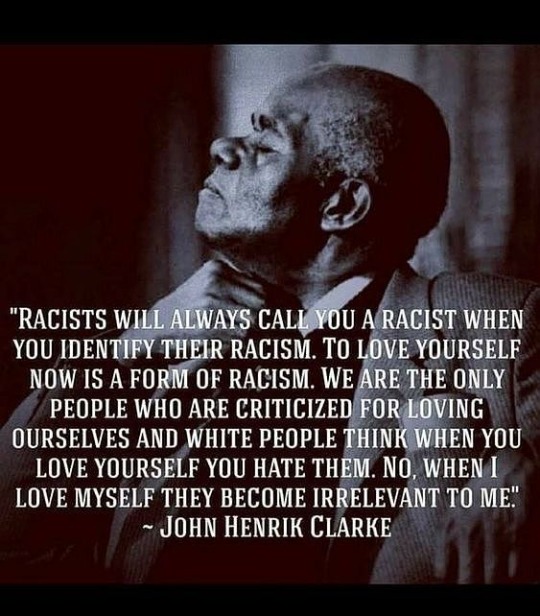
72 notes
·
View notes
Text
Okay, Shōgun was amazing. Can FX/hulu produce an African historical epic drama next? Hire African writers, actors, directors, etc and tell an authentic story set in a historical African state/kingdom/empire (Ndongo, Matamba, Mali Empire, Kingdom of Benin, the Zulu Kingdom, etc) and aimed at a global audience!
63 notes
·
View notes
Text
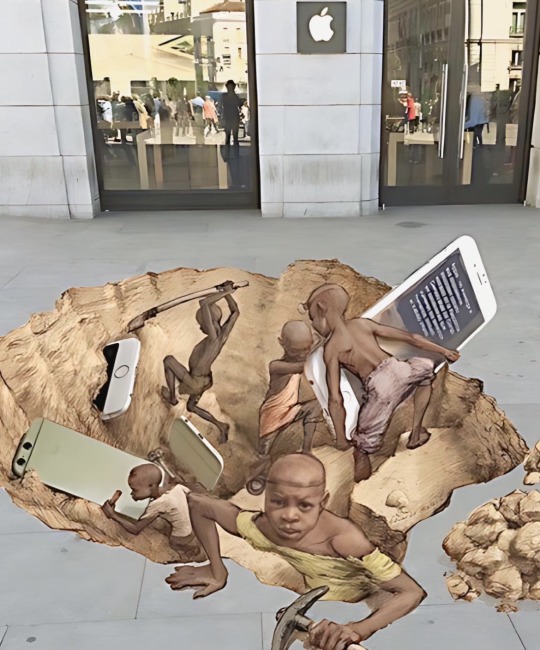
Congo is silently going through a silent genocide. Millions of people are being killed so that the western world can benefit from its natural resources.
More than 60% of the world's cobalt reserves are found in Congo, used in the production of smartphones.
Western countries are providing financial military aid to invade regions filled with reserves and in the process millions are getting killed and millions homeless.
Multinational mining companies are enslaving people especially children to mine.
•••
La República Democrática del Congo vive un genocidio silencioso. Millones de personas están siendo asesinadas para que la parte occidental del mundo pueda beneficiarse de sus recursos naturales.
Más del 60% de las reservas mundiales de cobalto se encuentran en el Congo, y se utiliza en la producción de teléfonos inteligentes.
Los países occidentales están proporcionando asistencia financiera militar para invadir regiones llenas de reservas y en el proceso millones de personas mueren y millones se quedan sin hogar.
Las empresas mineras multinacionales están esclavizando a la gente, especialmente a los niños, para trabajar en las minas.
Street Art and Photo by Artist Eduardo Relero
(https://eduardorelero.com)
#blacklivesmatter#blacklivesalwaysmatter#english#spanish#blackhistory#history#share#blackhistorymonth#blackpeoplematter#black history matters#black history 2023#black history is everybody's history#historyfacts#black history is world history#black history is american history#african history#black history#black history month#modern slavery#knowyourhistory#congo genocide#dr congo#blackbloggers#like#blackhistoryyear#follow#cobalt#blackownedandoperated#culture#art
11K notes
·
View notes
Text

643 notes
·
View notes
Text
Thursday, February 1.
Black History Month 2024.
Get ready to immerse yourself in a month-long celebration of Black joy, Black excellence, and Black art. Following the Association for the Study of African American Life and History's announcement that the theme for Black History Month 2024 is "African Americans and the Arts," we're thrilled to shine a spotlight on Black creators of all stripes right here on Tumblr.
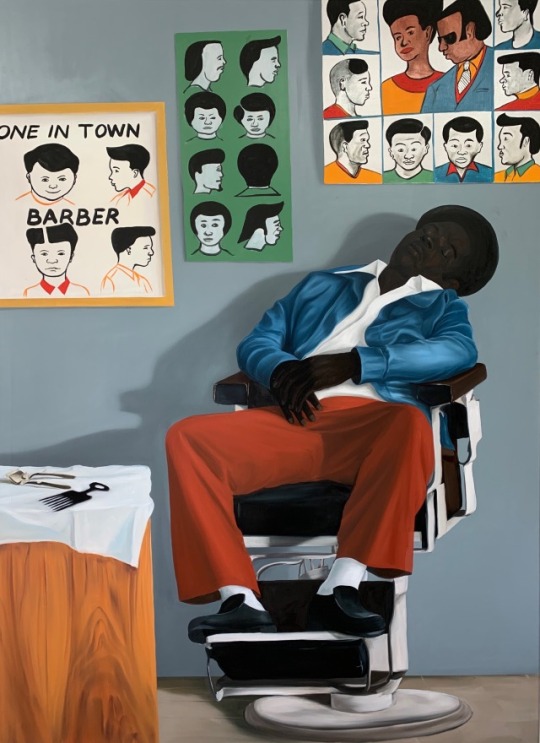
#today on tumblr#black history#black history month#black history month 2024#black women#black art#black artists#black history 365#black history month 24#BHM 24#BHM 2024#african history#black artist#black love#black excellence
455 notes
·
View notes
Photo
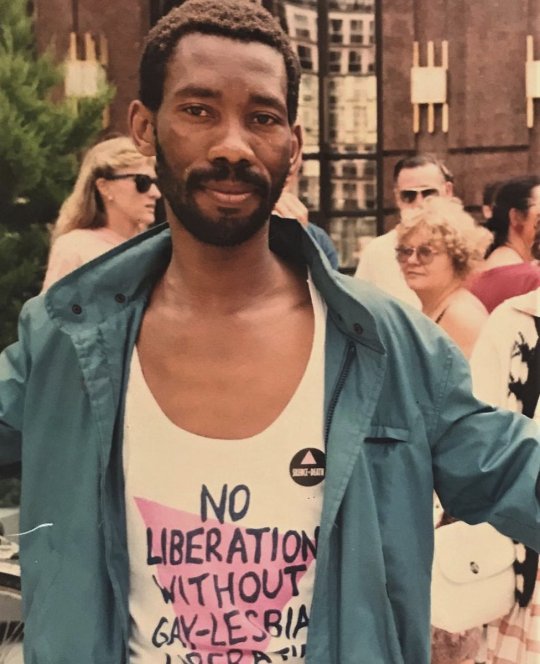
Black History Month: Simon Nkoli
“I am black, and I am gay. I cannot separate the two parts of me into secondary and primary struggle. They will all be one struggle.”
Simon Nkoli was born in the late 1950s in the Black township of Soweto in South Africa. He grew up under apartheid, and first became involved with anti-apartheid activism as a student, despite negative reactions within the movement to his homosexuality.
In 1984, Simon was arrested along with 21 other men while protesting rent increases in the township of Delmas, a group which became known as the Delmas 22. While in prison awaiting trial, Simon was outed, and faced backlash from the rest of the group, many who feared that pulic knowledge of his sexuality would negatively impact the outcome of the trial. To the surprise of his co-accused, Simon received an outpouring of support from the international queer community, which in turn led to greater international support for the Delmas 22 and anti-apartheid work.
Simon was ultimately acquitted, and began work as a founding member of a new group, GLOW - the Gay and Lesbian Organisation of Witwatersrand - fighting for the rights of queer people in Johannesburg’s Black townships. Simon was diagnosed with HIV while in prison, and focussed especially on HIV/AIDS activism in Black communities. With GLOW, Simon went on to organise Johannesburg’s first Pride march in 1990.
In 1994, Nelson Mandela became South Africa’s president, marking the end of apartheid. Simon met and negotiated with government officials to ensure the rights of gay and lesbian people would be enshrined in the country’s new constitution - the first country in the world to do so.
Learn more
Image: Simon wearing a shirt with a pink triangle which reads “No liberation without gay-lesbian liberation”, and a pin reading “Silence=Death”
#simon nkoli#black history#south african history#african history#queer history#aids#gay history#lgbt history#lgbtq#pride#black history month
2K notes
·
View notes
Text
510 notes
·
View notes
Photo


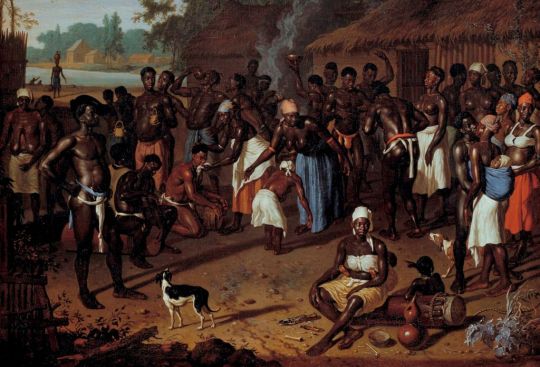
Rebel Faces: An 18th century painting containing the actual faces of rebels who participated in one of the most well documented revolts by black enslaved people.
“...The main figures in the revolt were the three brothers Wally, Mingo and Baratham.”
“... Because of the shortage of women, many of the enslaved men had wives and children living on other nearby plantations and it had become custom for these men to visit their families during their free time.”
“...warden Westphaal was given the order to increase the yield and restore order and discipline. To effectuate this, one of the measures he took was bringing down the amount of free time from two days back to one.”
Read more at https://anaelrich.com/2020/11/10/rebel-faces/
Source images: https://estherschreuder.wordpress.com/2020/04/13/terugblik-op-de-grote-suriname-tentoonstelling-de-slavendans-van-dirk-valkenburg/
#slavery#slave revolt#black history#african history#black diaspora#african diaspora#suriname#caribbean#art history
1K notes
·
View notes
Text


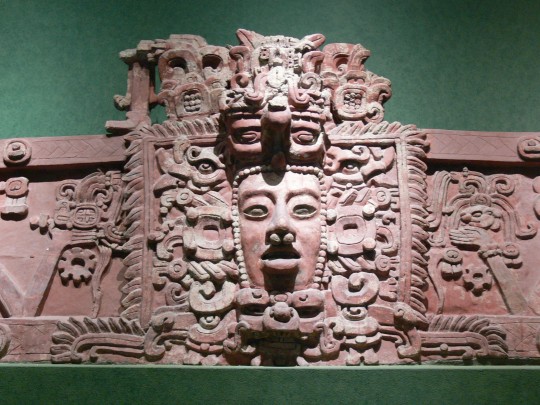

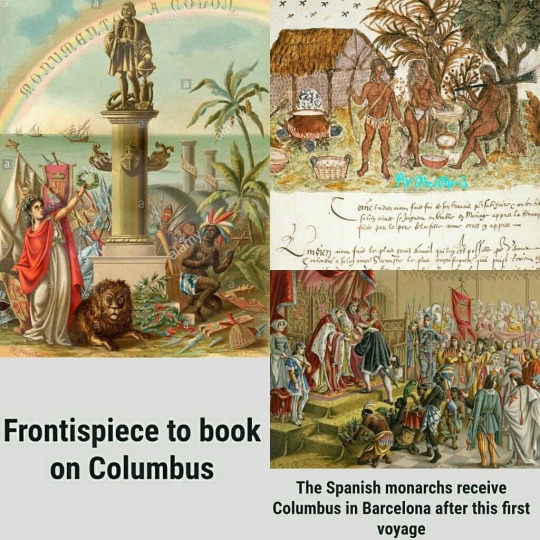

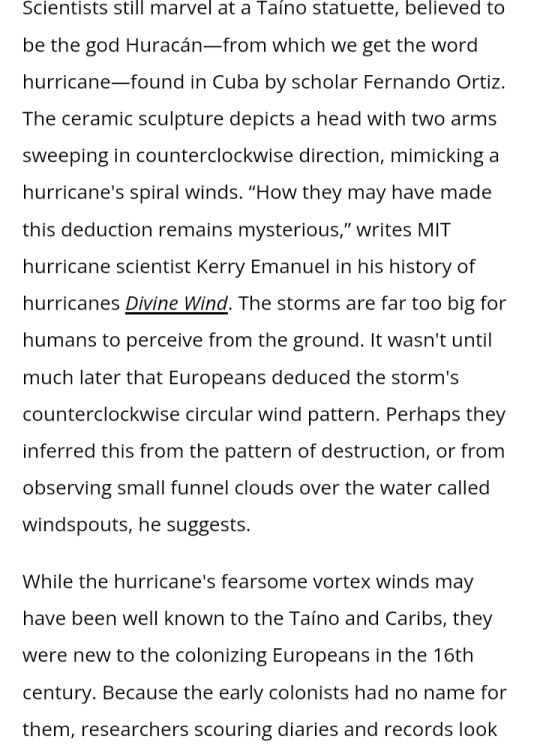
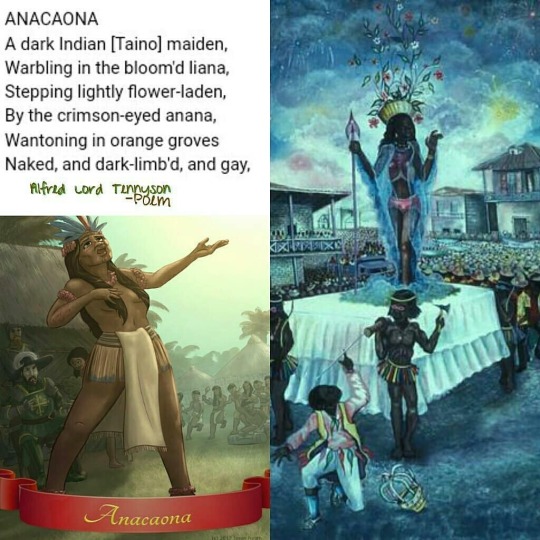


Respect to Dick Gregory for being the pivotal figure that he was but I gotta disagree with this logic that him and many others still use within our community.. The idea that a natural phenomenon like a hurricane was made via the deaths of our people that were lost and traded this way.. Of course I love metaphysics and occult info but not in a case like this. The word hurricane for one comes from an indigenous word that displays the concept of a hurricane as a god Huracan. Not only that but many indigenous islanders and Central/South Americans already could predict Hurricanes by the time colonizers would meet them.. I say that to say that's not possible for a event like the slave trade to have created a annual event like that when it was already knowledge shared amongst the indigenous people. Lastly we gotta remember that the transatlantic slave started over here. Jack D Forbes book 📚 talks about this amongst other writings and artworks from various author... Ultimately you gotta know that Columbus shipped indians from the islands back to Europe before any slaves would even come over here.. Hopefully you learned something useful today 👌🏿
#black history#autochthonous#aboriginal#black history month#aboriginal american#african history#american aborigine#black history 365#muurs#black history matters#huracan#dick gregory
344 notes
·
View notes
Text
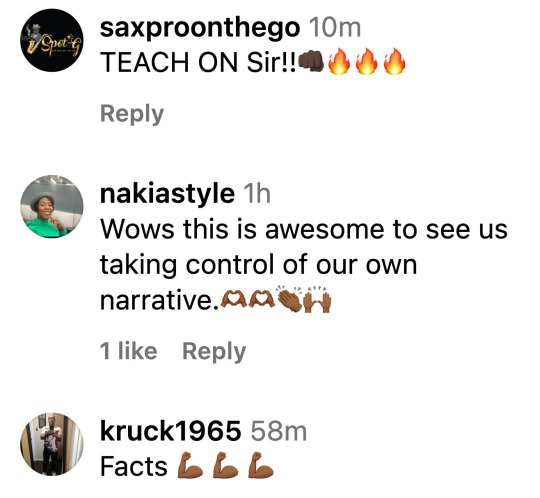
#african americans#african history#education#curriculum#empowerment#racial justice#black empowerment#curriculum development#historical narrative#education reform#community empowerment
102 notes
·
View notes
Text

76 notes
·
View notes
Text
Time Travel Question 35: Ancient History XVI and Earlier
These Questions are the result of suggestions from the previous iteration.
This category may include suggestions made too late to fall into the correct earlier time grouping. Basically, I'd already moved on to human history, but I'd periodically get a pre-homin suggestion, hence the occasional random item waaay out of it's time period, rather than reopen the category.
In some cases a culture lasted a really long time and I grouped them by whether it was likely the later or earlier grouping made the most sense with the information I had. (Invention ofs tend to fall in an earlier grouping if it's still open. Ones that imply height of or just before something tend to get grouped later, but not always. Sometimes I'll split two different things from the same culture into different polls because they involve separate research goals or the like).
Please add new suggestions below if you have them for future consideration. All cultures and time periods welcome.
#Time Travel#Cybele#Ancient World#Trans History#Vesuvius#Pompeii#Roman Empire#Bog Mummies#Fashion History#Tyrian Purple#Bronze Age#Iron Age#Indigenous History#Egyptian Blue#Mediterranean#Mediterranean Sea#African History#Western Asian History#European History#Queer History#Epidaurus
244 notes
·
View notes
Text
The Horrors of Lynching: Photographs and Postcards
Note to readers: This post contains graphic and disturbing images.
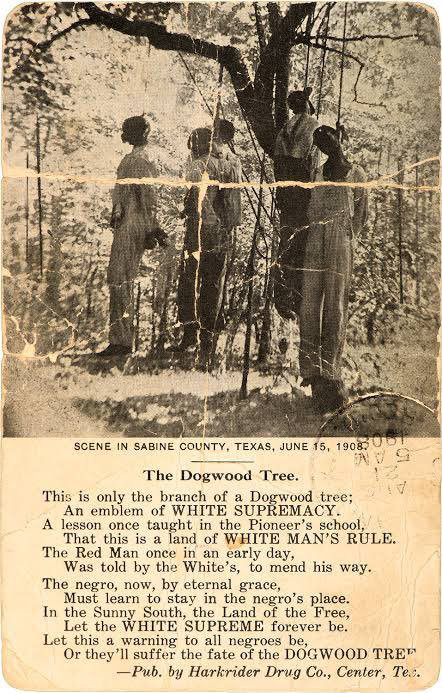
During the late 19th and early 20th century, thousands of photographs and postcards of Black Americans killed by white mobs in racist terror lynchings were collected, traded and sent through the U.S. postal service.
The postcards and photographs, depicting gruesome images of the bodies of Black men, women and children who had been tied to trees, mutilated, tortured, shot and burned alive by white mobs, were often distributed as souvenirs and saved as mementos in family albums and stored away in attics for safekeeping.
The lynching photographs often captured the bodies of the murdered Black Americans and the hundreds of white people — including children — who gathered to witness the public spectacle of lynchings. According to historians, in more than half of these photos and postcards, white people were shown smiling and celebrating the spectacles.
WHITE PEOPLE MONETIZED THE MURDER OF BLACK PEOPLE
Lynching photographs and postcards were shrewdly distributed — often for profit — across communities by hand and through the U.S. mail. They were often sold for as little as a quarter, which would be worth about $3.46 today.
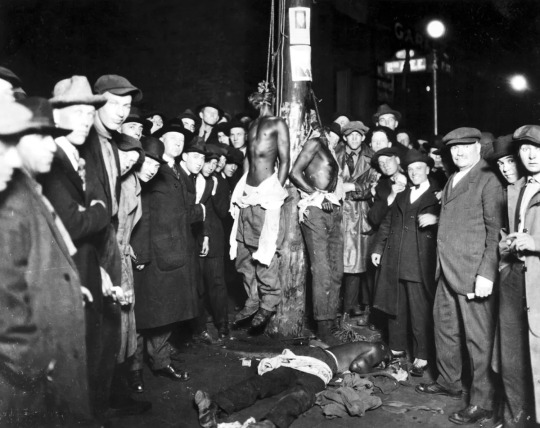
Source: wordinblack.com
Translated by Long Live Blackness by Shaneyra Thompson
•••
Los horrores de los linchamientos: fotografías y postales
Nota para los lectores: Esta publicación contiene imágenes gráficas e inquietantes.
Descripción de primera imagen: [Cinco afroamericanos fueron colgados de un cornejo en el condado de Sabine, Texas, en 1908 como "una advertencia para todos los negros".]
Traducción de la postal:
Esta es sólo la rama de un árbol de Cornejo;
Un emblema de la SUPREMACIA BLANCA.
Una lección que una vez se enseñó en la escuela de los Pioneros:
que esta es una tierra de GOBIERNO DEL HOMBRE BLANCO.
Una vez, temprano en la mañana, los blancos le dijeron al Hombre Rojo que enmendara su camino.
El negro, ahora, por gracia eterna, debe aprender a permanecer en el lugar del negro.
En el Soleado Sur, la Tierra de los Libres, que la SUPREMACÍA BLANCA sea para siempre.
Que esto sea una advertencia para todos los negros, o sufrirán el destino del árbol de Cornejo.
A finales del siglo XIX y principios del siglo XX, se recopilaron, comercializaron y enviaron a través del servicio postal de Estados Unidos miles de fotografías y postales de estadounidenses negros asesinados por turbas blancas en linchamientos terroristas racistas.
Las postales y fotografías, que mostraban imágenes espantosas de los cuerpos de hombres, mujeres y niños negros que habían sido atados a árboles, mutilados, torturados, fusilados y quemados vivos por turbas blancas, a menudo se distribuían como souvenirs y se guardaban como recuerdos en álbumes familiares.
Las fotografías de los linchamientos a menudo capturaban los cuerpos de los estadounidenses negros asesinados y los cientos de personas blancas (incluyendo niños) que se reunían para presenciar el espectáculo público de los linchamientos. Según los historiadores, en más de la mitad de estas fotografías y postales, se mostraba a personas blancas sonriendo y celebrando los espectáculos.
LOS BLANCOS MONETIZARON EL ASESINATO DE LOS NEGROS
Se distribuyeron astutamente fotografías y postales de linchamientos (a menudo con fines de lucro) entre las comunidades, en mano y por correo postal. A menudo se vendían por tan solo veinticinco centavos, lo que hoy valdría unos 3.46 dólares.
Descripción de segunda imagen: [Una postal de un linchamiento en Duluth. 15 de Junio, 1920.]
Fuente: wordinblack.com
Traducido por Long Live Blackness by Shaneyra Thompson
#blacklivesmatter#blacklivesalwaysmatter#english#spanish#blackhistory#history#lynching#black history is american history#historyfacts#black history is world history#black history matters#black history is everybody's history#black history 2023#black history#black history month#african history#blackhistorymonth#blackpeoplematter#knowyourhistory#blackhistoryyear#blackownedandoperated#historia#slavery#esclavitud#español#black tumblr#share#read#follow#blackbloggers
339 notes
·
View notes
Text







Women in History Month (insp) | Week 2: Royal Mothers
#historyedit#perioddramaedit#women in history#women in history month challenge#blanche of castile#french history#turhan hatice sultan#ottoman history#ririkumutima#burundese history#african history#louise of prussia#german history#çiçek hatun#bathsheba#jewish history#queen jeongsun#korean history#13th century#17th century#19th century#15th century#10th century bc#18th century#mine#my edits
118 notes
·
View notes
Photo


Maasai woman showing off her many brass necklaces, earrings and other ornaments which signifies her social standing in society (1930).
#maasai woman#african tribe#african women#african#africa#black woman#black women#african beauty#black beauty#black girls#1930#1930s#african history#central africa#kenya#retro#vintage#gif#sbrown82
2K notes
·
View notes
Text
On This Day In History
August 11th, 1960: Chad declares independence from France.
201 notes
·
View notes